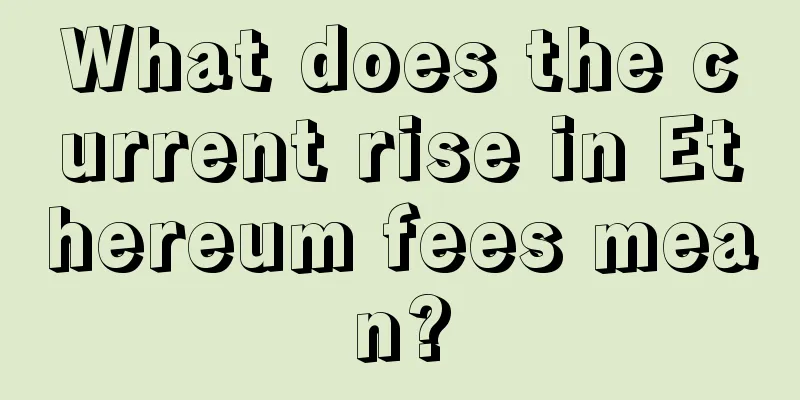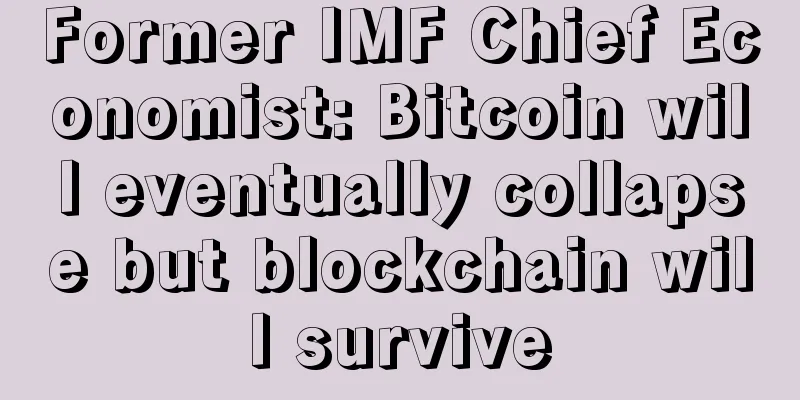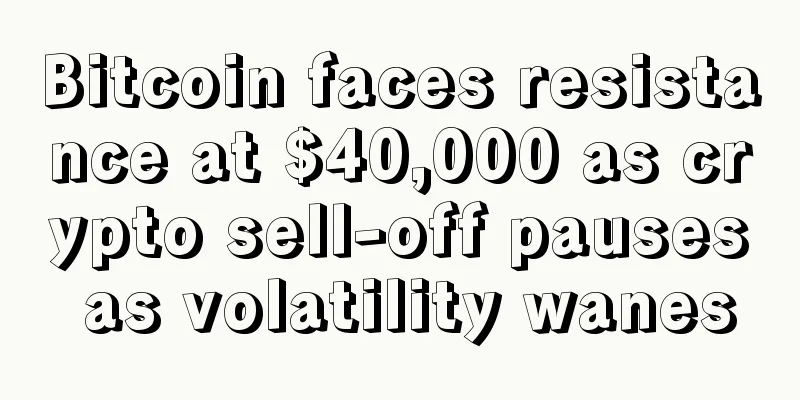What does the current rise in Ethereum fees mean?

|
While Ethereum fees have most likely been off your radar for the time being, they have been quietly rising over the past few weeks. The recent modest rise has barely registered with traders, as historically people prefer to overlook additional costs when their portfolios are moving in the right direction (ETH is up 15.6% since September 15th). Ethereum’s overall sentiment remains relatively unaffected, as many traders are still trying to claw their way back up after buying into the $3.7K to $3.9K highs in May. But in recent weeks, Ethereum fees have been rising, climbing back to levels not seen in the ecosystem since late May. Understandably, network activity has increased amid this encouraging price rally, but discussion around these fee increases has remained relatively muted. According to Santiment’s social volume data, there has not been a significant spike in discussions about Ethereum fees, suggesting that traders are not overly sensitive to these changes. This may be because the average fee of $3.23 is still relatively low compared to much higher fees earlier this year, especially in March, when fees reached over $15 during market highs. One of the main contributors to these fees is Wrapped Ethereum (WETH), which continues to dominate Ethereum's fee charts. WETH plays a key role in Ethereum's decentralized finance (DeFi) ecosystem as it is a "wrapped" version of Ethereum that allows for easier interaction with decentralized applications. WETH's dominance in fee contributions suggests that traders are using DeFi platforms heavily, potentially participating in liquidity pools, trading, and other financial activities that require WETH as an underlying asset. This suggests that the current increase in fees may be driven by an increase in DeFi activity, which is generally a positive sign for the health of the ecosystem. Interestingly, after WETH, the next four contract addresses contributing to Ethereum network fees are Hana (HANA), Virtual USD (VUSD), Incept (INCEPT), and Doggo (DOGGO). Each of these tokens tells a unique story about the activity happening on the Ethereum blockchain: 1) Hana (HANA): The token’s growing popularity in decentralized finance could indicate its growing role in staking or lending platforms. Its increasing network usage could be a sign of deeper integration in Ethereum’s DeFi protocols. 2) Virtual Dollar (VUSD): As a stablecoin, VUSD’s fee contribution likely reflects users seeking a safe haven in stable assets during market volatility. Stablecoins such as VUSD are popular for trading, liquidity provision, and risk mitigation, all of which incur fees on the network. 3) Incept (INCEPT): INCEPT is an emerging token that seems to be gaining momentum. While it is still relatively new, the increase in fee contributions may indicate its involvement in niche projects such as gaming or NFTs, which are becoming increasingly popular on Ethereum. 4) Doggo (DOGGO): Similar to other currencies like Dogecoin, this memecoin has seen a surge in speculative trading. The increasing network activity around DOGGO suggests that traders are betting on its short-term potential, which could increase the overall fee structure of the Ethereum network. Despite the rise in fees on the Ethereum protocol, these levels remain modest by historical standards. The $3.23 average fee is well below the shocking highs we saw earlier this year, meaning traders will not hesitate to continue using the network. This low-key sensitivity in social discussions further supports the view that unless fees rise significantly, they are unlikely to become a significant barrier to Ethereum usability in the short term. It’s worth noting that rising fees can sometimes signal that the market is approaching a speculative peak, as higher fees tend to coincide with a surge in network activity driven by market hype. However, the current small increase in fees is unlikely to be a cause for concern. Instead, it reflects healthy, growing activity in the Ethereum ecosystem, particularly in DeFi and speculative trading around smaller tokens. As long as fees remain manageable, Ethereum is likely to continue to thrive without much disruption. |
>>: Can Zhao Changpeng’s release from prison trigger the next crypto bull market?
Recommend
How do you know if you have the facial features of a rich person?
Everyone wants to be a rich man, and everyone hop...
How to mine Grin with Bminer?
.view{padding:0;word-wrap:break-word;cursor:text;h...
The faces of the popular people around the leader
It is a new year again, and many people are worki...
Which parts of the body have moles?
Basically everyone has moles on their body. From ...
Is it good for a man to have Fuxi bones?
In numerology, we can infer our life fortune and ...
Is it good for a woman to have a broken palm?
In the palm of the hand, everyone may have some s...
Analysis of the facial features of women with round and flat noses
As one of the traditional physiognomy techniques, ...
What are monkey eyes like?
Monkey eyes: People with monkey eyes seem to have...
Four parcel bombs were found in the Netherlands in two days, and the blackmailer demanded payment in Bitcoin
According to Fox News on the 14th, four parcel bo...
How to tell a person's fate from his teeth
In physiognomy, how can we tell a person's fa...
Hong Kong Securities and Futures Commission to issue licenses to digital asset exchanges
According to Chain News, Ashley Ian Alder, Chairm...
How is the fortune of a person with a full forehead?
If you want to know a person's fortune in lif...
How do financial models explain Bitcoin's price action after the halving?
Bitcoin is halved every four years. The current r...
Will the case of Bitfinex worth 850 million be settled in July?
It’s been almost three months, and Bitfinex and t...
There are 4 facial features of men who have been poor all their lives. What kind of men cannot be rich?
People don’t want to live a life of poverty. This...









